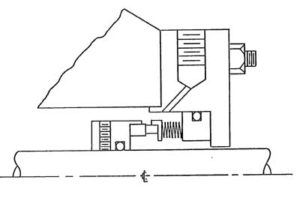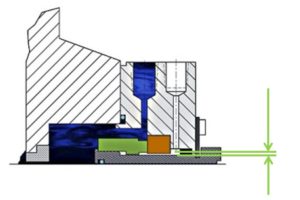
Stationary metal bellows seals as we know them today were developed as part of a seal reliability program at Exxon’s Baton Rouge refinery in the 1970s. The Exxon “Pump Team” was not satisfied with reliability and performance of seals in hot oil services because the oils decomposed and locked rotating flexible sealing elements in place. Beginning in January 1976, prototype stationary metal bellows seals were designed, manufactured and assembled by the Exxon Pump Team using parts from various seal manufacturers fitted into custom assemblies manufactured in the Exxon machine ship.
The Exxon Pump Team tested 19 prototypes in many variations before deciding to turn over the designs and results to the seal manufacturers. There was some consideration for seeking a patent but it was thought that commercial development of the concept would be better done by the seal OEMs.
I know this for a certainty because I was there and took an active part in this project.
The story of the stationary metal bellows seal is told in more detail on this page of SealFAQs.

